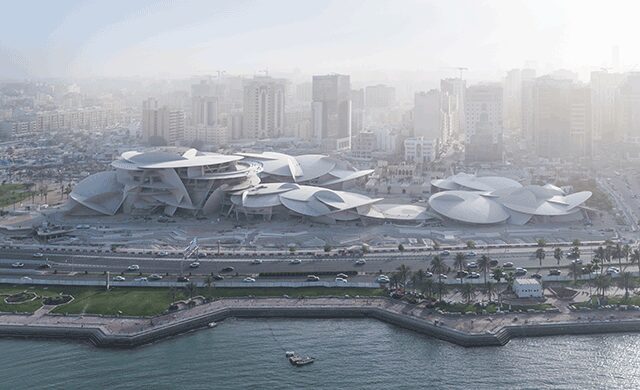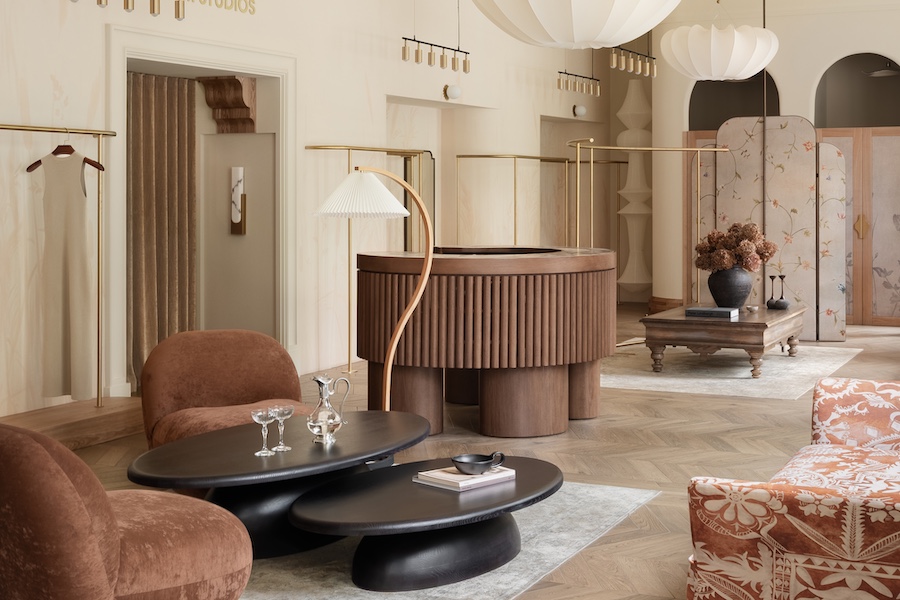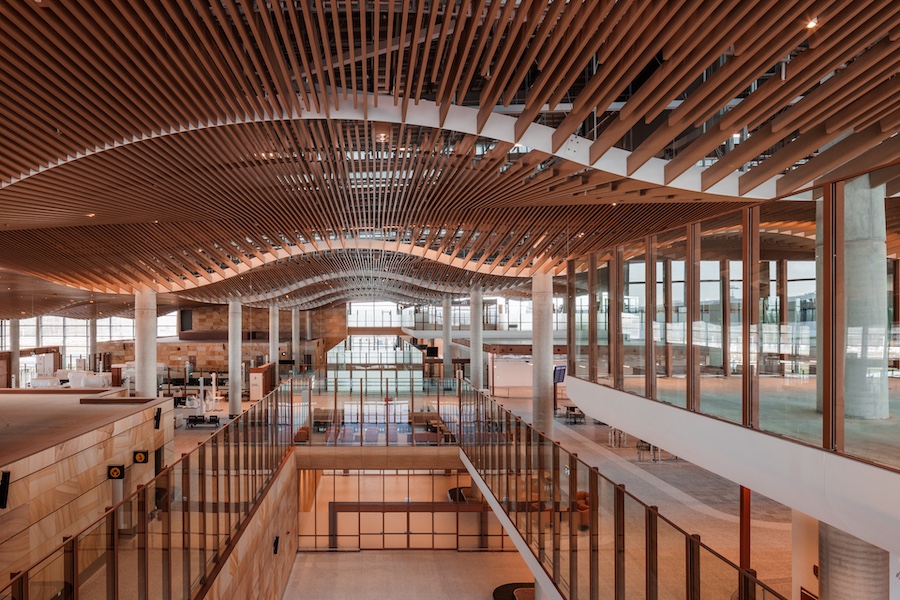Pritzker Prize winner Jean Nouvel has unveiled the design of the National Museum of Qatar in Doha. Designed to complement its surroundings in the form of a desert rose, the contemporary institution has been constructed around the former palace of Emir of Qatar Sheikh Abdullah bin Jassim Al Thani. The palace has also undergone a comprehensive revitalization to be one of the museum’s maiden exhibitions. The duality of the historic palace and the fluid, new structure will also express the dialogue between past and future that the institution aims to foster.
The 225,000-square-foot museum is composed of interlocking, disc-like volumes made of steel, glass, and fiber concrete. Each disc merges into a pattern of blade-like petals to embody the desert flora. In addition to permanent and temporary galleries, the site is home to a 22-seat auditorium, a 70-seat forum, a heritage research center, conservation labs, and offices. Two cafés, a restaurant, and a shop round out the public amenities.
“To imagine a desert rose as a basis for design was a very advanced idea, even a utopian one. To construct a building with great curved disks, intersections, and cantilevered angles—the kind of shapes made by a desert rose—we had to meet enormous technical challenges,” Nouvel says. “This building is at the cutting edge of technology, like Qatar itself. As a result, it is a total object: an experience that is at once architectural, spatial, and sensory, with spaces inside that exist nowhere else.”



